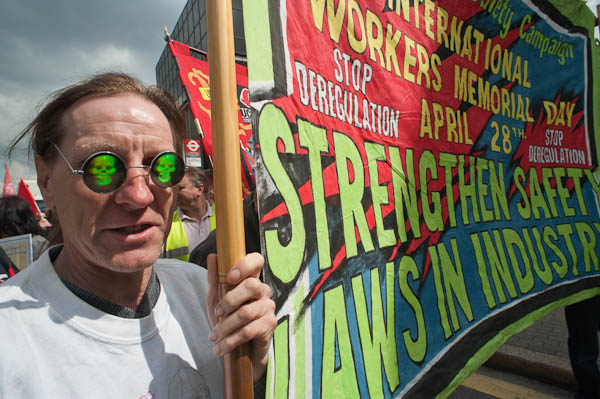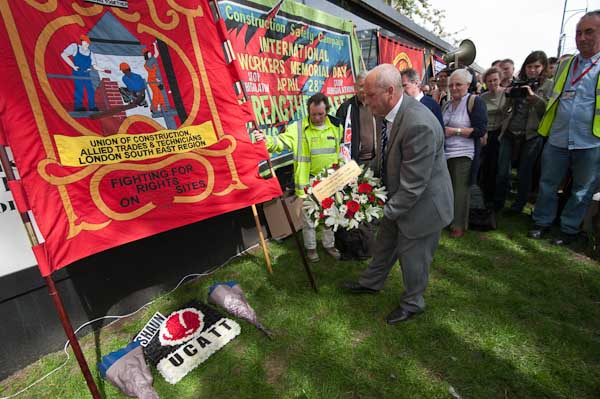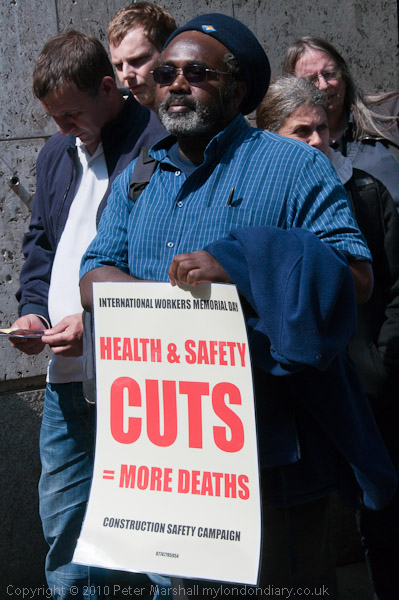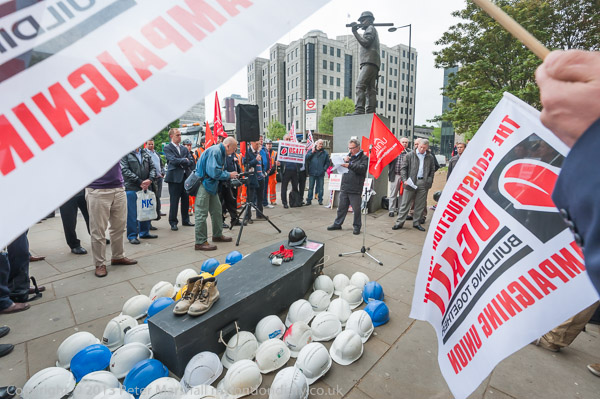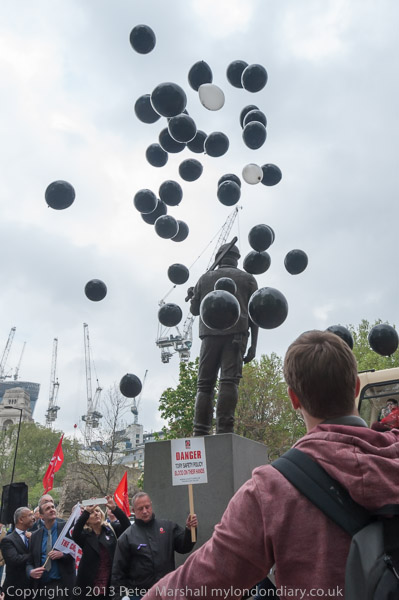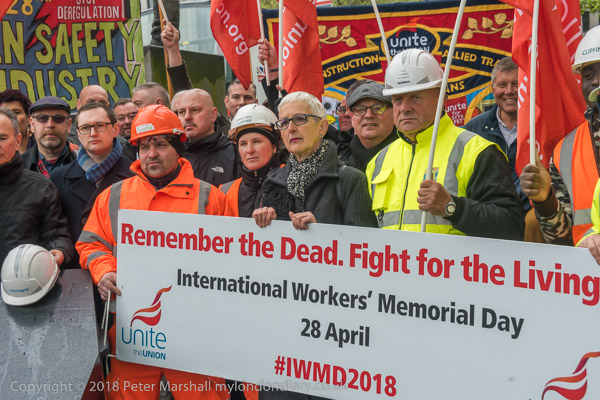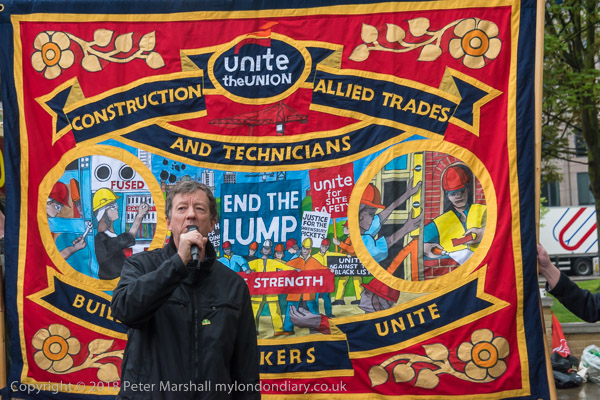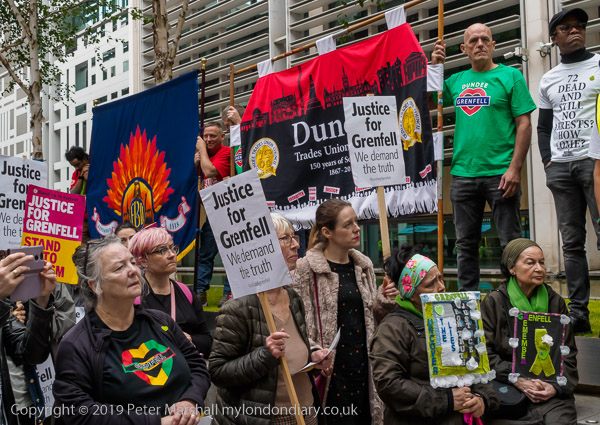
Saturday 15th July was one of those days when my local station has no trains. I don’t think it used to happen, or at least only very rarely, before we privatised the railways, but it seems to be happening on quite a few weekends every year now. At first when these weekends began there was complete chaos, with unmarked rail replacement buses where the only way to find out if they were going the right way for you was to ask the driver, who usually knew, though often didn’t know how to get there and had to send a call out to passengers asking if anyone knew where the station was.
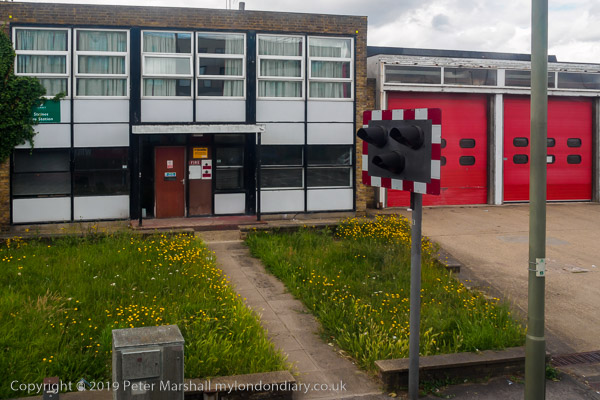
One one memorable occasion a passenger directed a double-decker down a road that, although it was the route I might have walked, narrows halfway down to rather less than bus width. After a very tricky and lengthy reverse we got back to the main road and drove on, past the correct turning. I and other passengers jumped out of our seats to tell the driver. He drove on, looking desperately for somewhere to turn the bus in busy narrow streets, finally doing a 3 or 4 point turn where the main road widened a little almost a mile on. This time as we cam back we made sure he turned left at the correct point.
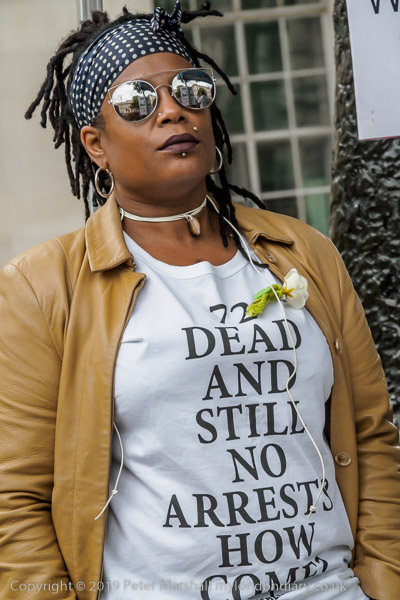
After a few such incidents, things did get sorted out more, but still too often the rail replacement bus arrived a couple of minutes late and missed its supposed connection – apparently no one had the authority to hold it for the bus. A journey that usually took 35 minutes often ended up close to two hours (and I’d face similar chaos on the way home.) So unless there was something really important to photograph I often stayed home.
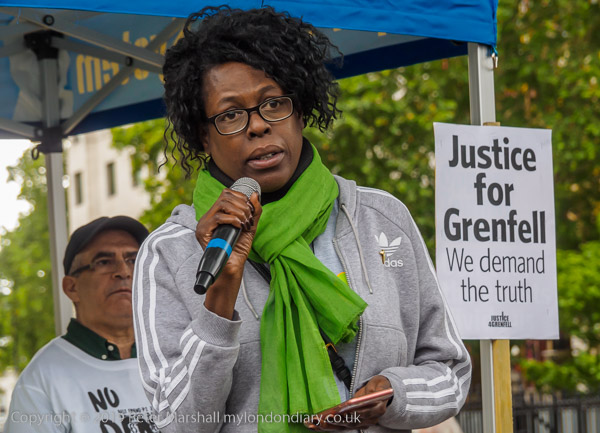
My alternative was to take a bus to Heathrow or Hatton Cross where I could join the Underground, and this became more viable once I could simply swipe a credit card to pay for the ride. It was still a slow journey, but more reliable than the rail replacement lottery. And on Saturday 15 June I took the bus and made a few pictures on the way from the upper deck.
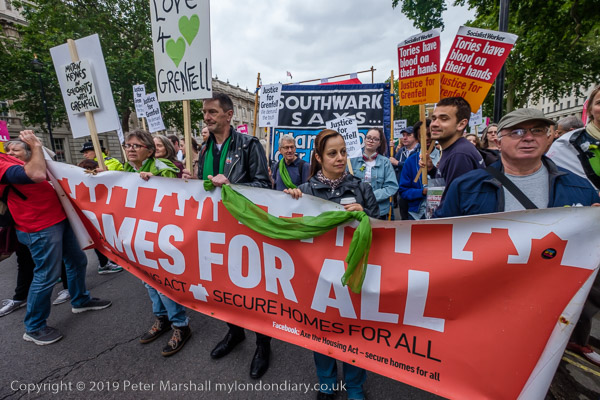
It was the day after the second anniversary of the Grenfell Tower fire in which 72 people died, and Justice For Grenfell had organised a solidarity march, starting and finishing at Downing St. After some speeches at Downing St, we marched to the Ministry of Housing, Communities and Local Government offices in the Home Office building to protest there, with a few more speeches before leaving to march back to Downing St for a final rally.
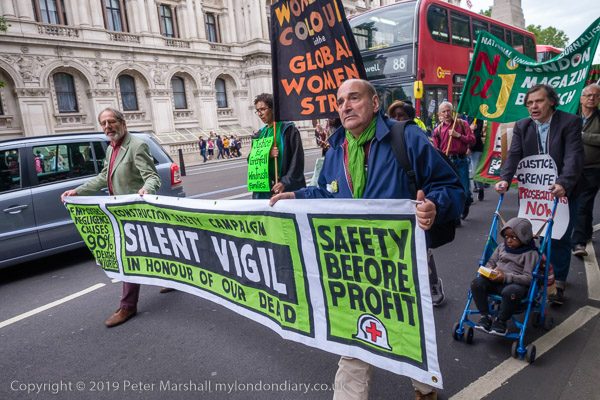
The event was supported by housing and building safety campaigners including Defend Council Housing and by branches of the Fire Brigades Union from around the UK.
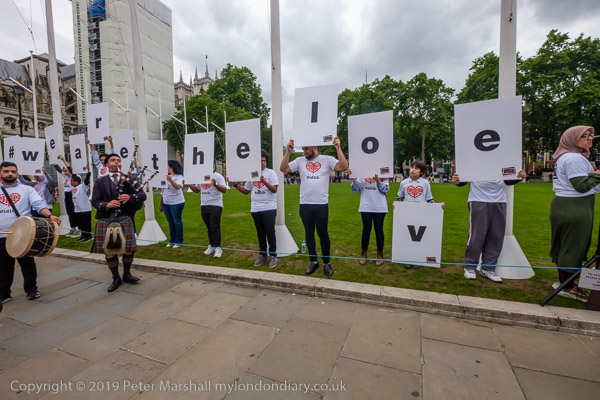
As I walked through Parliament Square on my way to take the tube to another protest, I stopped briefly to photograph two events there. One was ‘We are the Love’ for Idlib inspired by the Black Eyed Peas song Where’s the love? to raise awareness about the massacre currently unfolding in the province of Idlib in Syria. Just along from this line of people holding large cards each with a letter of their message, and a drummer and a piper, was a small and quieter protest about the wrongful conviction of Brendan Dassey and his uncle, Steven Avery for the murder of Teresa Halbach in Wisconsin in 2005. The long and convoluted case which reflects badly on both the local police and the US legal system was the subject of a lenghty TV series.
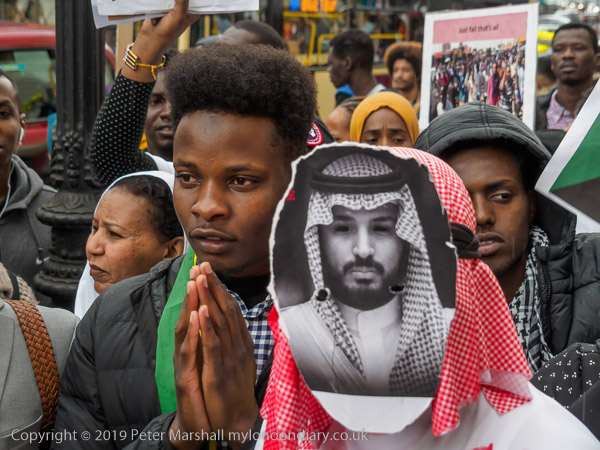
By now I thought I would be too late to join the Hands Off Sudan march at its start at the UAE Embassy and guessed they might have got as far as the Egyptian Embassy, but when I arrived found just a few there waiting for the march. So I began to walk back on what I thought might be their route. I heard them before I could see them as I walked across Hyde Park corner, and the large and noisy crowd emerged from Grosvenor Cresecent as I turned down Grosvenor Place.
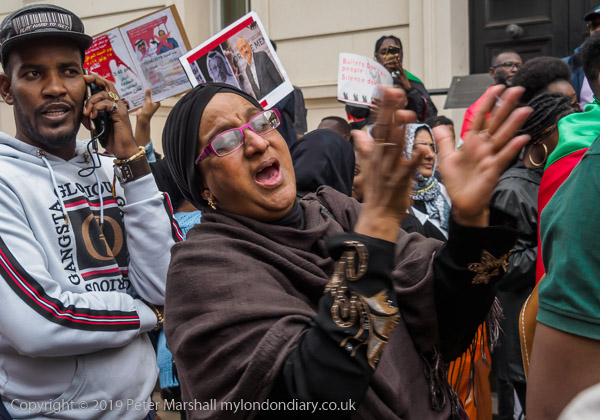
They were protesting after 124 peaceful protesters were massacred by Janjaweed militias (Rapid Support Forces) in Khartoum. Protests had begun in December and appeared to be causing a peaceful transition to democracy, removing corrupt president al-Bashir, until the heads of the ruling military council visited Saudi Arabia, the United Arab Emirates, and Egypt, all countries opposed to a democratic Sudan – and today’s march was going to each of their embassies.
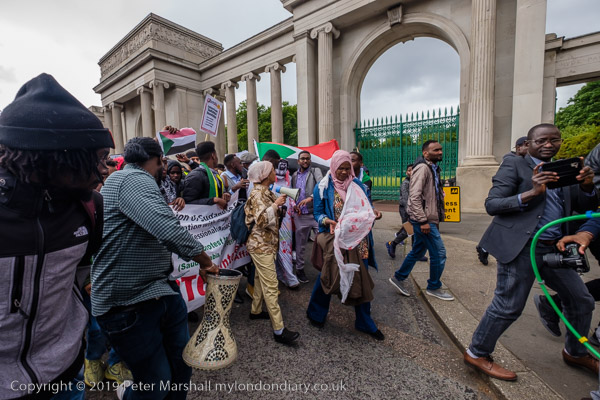
The marchers seemed to be stopping every few yards around Hyde Park Corner and singing and dancing and shouting slogans. Half an hour after I met them they had only moved on a few hundred yards are were slowly making their way up Park Lane. I felt I had taken enough photographs and went back to Hyde Park Corner for the slow journey home via Hatton Cross.
Hands off Sudan march
‘We are the Love’ for Idlib
Grenfell Solidarity March
Staines, Heathrow, Bedfont
All photographs on this and my other sites, unless otherwise stated, are taken by and copyright of Peter Marshall, and are available for reproduction or can be bought as prints.
